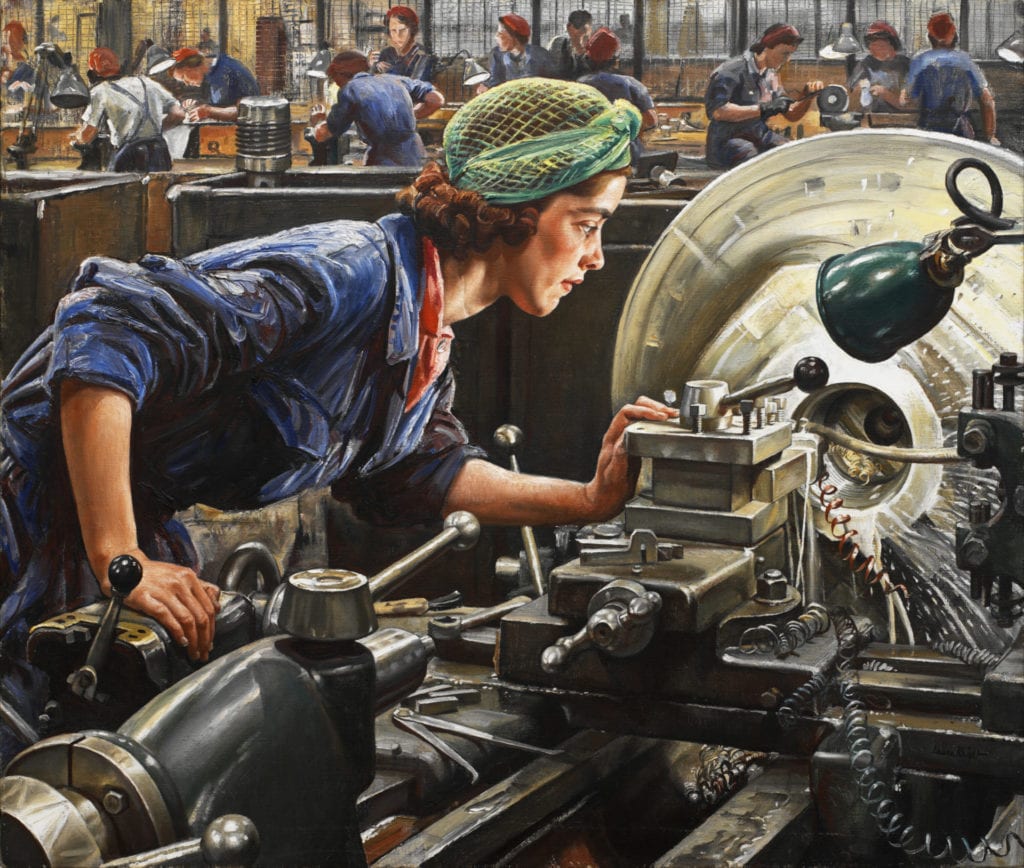Where did health and safety come from?
We’re going to look at the health and safety risks when working within the engineering industry. Although the exact start of a health and safety system can’t be pinpointed, it was in 1833 when the Factories Act 1833 began and is the first formation and evidence of a health and safety system. When the Factories Act was brought in it was the duty of inspectors to help to prevent injuries to young children working in unsuitable conditions and to stop people being overworked.
Since 1833, health and safety legislation, committees, and acts have come along way to ensure people are safe within the workplace with less risk for any accidents. Health and Safety laws must be adhered to and can inflict fines, jail time, and closure of the business if they are not met due to it being illegal to not do so. Health and safety regulations and laws are present in every industry and are enforced across all businesses within the U.K. including conveyor and automation solution providers like L-A-C Logistics Automation.



